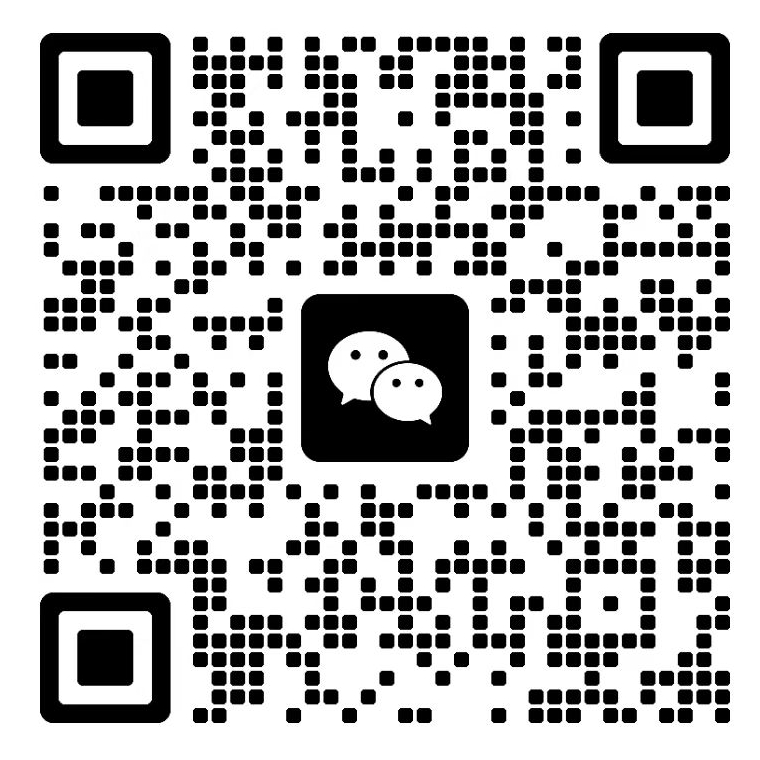In modern cold chain logistics systems, temperature transmitters have become essential components for intelligent cold storage management. Serving as the "sensing eyes" of temperature monitoring systems, these precision electronic devices continuously collect environmental data from cold storage facilities, providing robust safeguards for the safe storage of temperature-sensitive products. From preserving fresh produce to storing pharmaceuticals, Yigeqi's temperature transmitters are gaining growing trust through their smart functionality and stable performance.

Traditional cold storage management faces multiple challenges: incomplete temperature monitoring, delayed regulation, and persistently high energy consumption have long plagued the industry. The application of temperature transmitters effectively addresses these pain points. By strategically deploying multiple monitoring points, managers can track real-time temperature distribution across all cold storage zones, eliminating traditional "blind spots" in management. When temperature fluctuations occur in specific areas, the system responds promptly by automatically adjusting cooling equipment operations. This ensures storage safety while achieving efficient energy utilization.
In the food cold chain sector, temperature transmitters help ensure all fresh products remain in optimal storage conditions. Whether it's refrigerating fruits and vegetables or freezing meat, precise temperature control significantly extends product shelf life. In pharmaceutical storage, these devices play a crucial role by maintaining strict temperature requirements for heat-sensitive items like vaccines and biologics.
With the continuous improvement of cold chain logistics standards and sustained market demand growth, temperature transmitters are becoming increasingly vital in cold storage management. Serving as a crucial bridge between the physical world and digital systems, these devices are establishing a robust foundation for safe and efficient cold storage operations. Their promising future development is highly anticipated.


